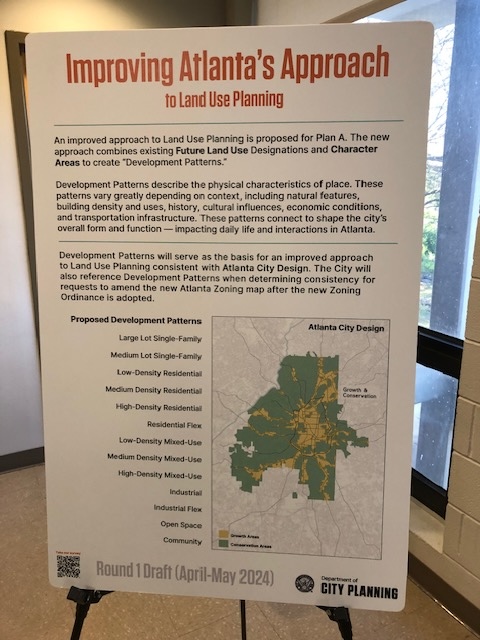Environment
Monitoring fish catch after Scotus bans owner-paid monitorsOctober 7, 2025

An Open letter to Atlanta Civic Leaders:
A Cautionary Note about YIMBY Action to Those Following Atlanta’s Comprehensive Development Plan and Zoning Updates
By Mike Dobbins
June 5 – Many of us get notes from YIMBY Action, probably multiples. I go to some of their meetings, most recently a Zoom that summed up their YIMBYtown conference in Austin a couple of months ago.
As you should know, the movement is lavishly funded, mostly by private equity funds, REITs, certain institutional investors, along with libertarian billionaires who are calling the shots on propaganda strategy.
A couple of key takeaways: the big money is in it to make money. The libertarians are in it because their long-running end game is to diminish governments’ authority and accountability to its citizenry, replacing that with “free” market forces. Included in the “free” part, of course, is to avail themselves of as much public funding and other public resources as they can lay their hands on.

Which is why these are the same forces who are responsible for real estate values rising twice as fast as wages, thus widening the housing affordability gap.
The local YIMBY group is following their nationally prescribed playbook. Their end game is to free up as much property as they can for speculative investment. Single family neighborhoods, with 70% of the city’s land area, are thus a ripe target. Its appeal is to people whose knowledge about both regulation and about housing development is shallow at best, vulnerable to catchy catchwords..
Among their most destructive tactics, two stand out: misrepresentation of neighborhoods and misinformation about housing affordability. Their all-out attack on neighborhoods, bent to appeal to people feeling the crunch of unaffordability, suggests that mostly rich people live in single family neighborhoods, thus painted as the culprits in the affordability crisis. In fact, most of Atlanta’s singe family neighborhoods, both owners and renters, are homes to families of middle to moderate incomes, white, Black, and diverse.
In our case, too, YIMBY’’s strategies frontally undercut the City of Atlanta’s commitment to pursue a robust and aggressive neighborhood-building initiative in seven fragile neighborhoods. This is a happening initiative led by the Mayor and the housing office. One of the neighborhoods was the subject of one of Aaron Fortner’s Georgia Tech studios last fall.
And, their propaganda cleverly skirts dealing with affordability, since it’s been established that their strategies widen, not narrow, the affordability gap:
As it happens, there is a simple way to craft a housing policy that does not trample on neighborhood and city authority to shape their living environments and that does not widen the affordability gap:
To Atlanta’s credit, many forces are coming into alignment to address the issue. Reinforcing the Mayor’s commitment, public, private, and non-profit forces are collaborating, and positive results are emerging. I think that it’s essential that the CDP and Zoning updates underway reinforce and facilitate the positives that are emerging and not cave to self-serving outside national forces, like YIMBY Action and the myriad of speculators that are disrupting and dislocating Atlanta citizens.
Best, Mike
Read more of Mike Dobbins’ columns on affordable housing:


0